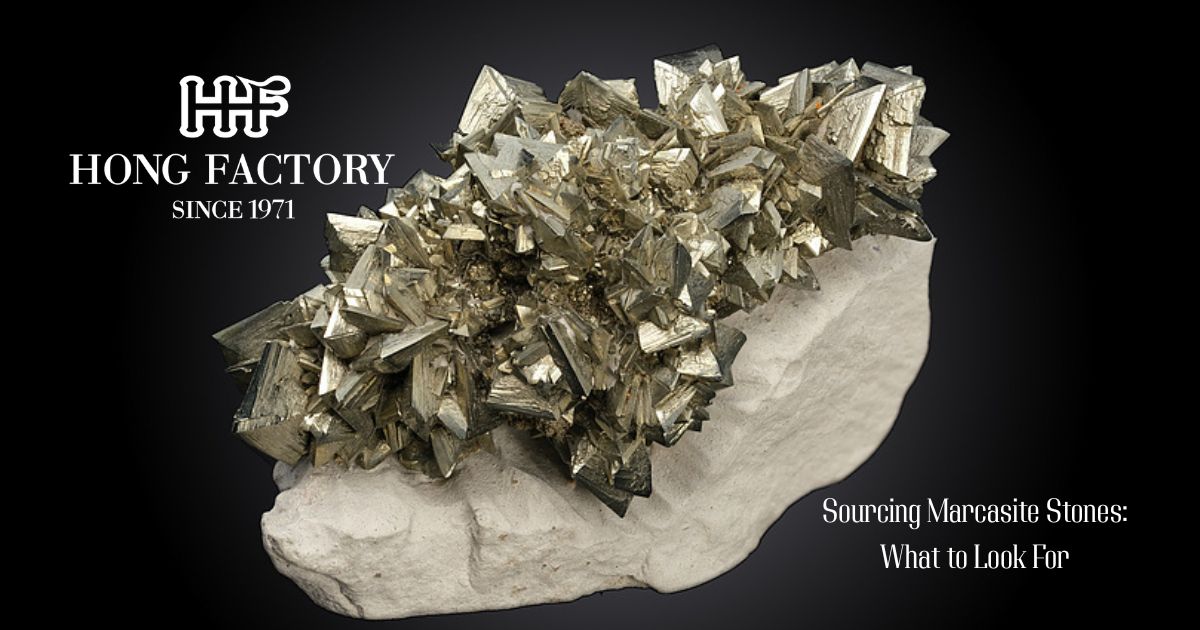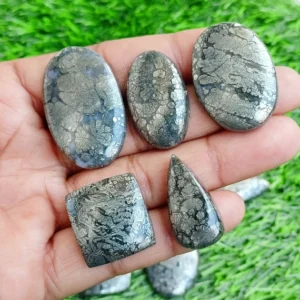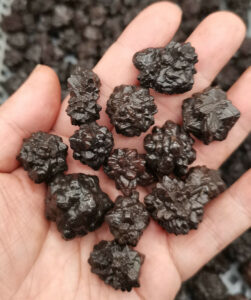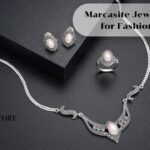Marcasite stones are prized for their vintage appeal, metallic sparkle, and rich history in jewelry design. While they are often found in antique and art deco-inspired pieces, the process of sourcing quality marcasite stones for modern jewelry making is both an art and a science. In this guide, we’ll explore everything you need to know about sourcing marcasite stones from quality indicators to ethical sourcing practices. Marcasite jewelry
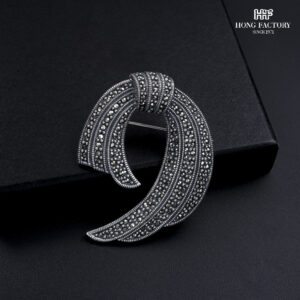
Marcasite Stones: A Quick Overview
Before diving into the sourcing process, it’s important to understand what marcasite stones really are. Although the term “marcasite” is commonly used in jewelry, most pieces are actually made with pyrite, which is chemically similar but more stable for setting in jewelry.
Characteristics of True Marcasite Stones:
- Metallic luster with a silvery-gold tone
- Often faceted for added sparkle
- Typically cut into small rose-cut shapes
How to Evaluate Marcasite Stones for Quality
When sourcing marcasite stones, jewelers and manufacturers should keep several key factors in mind:
1. Luster and Shine
High-quality marcasite should exhibit a bright, metallic shine. Stones that appear dull or overly dark may be of lower quality or poorly cut.
2. Uniform Faceting
Marcasite stones are usually small and faceted in rose-cut styles. Uniform faceting enhances brilliance and creates visual harmony in finished jewelry pieces.
3. Durability and Stability
Though marcasite (pyrite) is not as hard as gemstones like quartz or sapphire, it should still be stable enough to hold in place during setting. Poor-quality stones can crumble or chip.
4. Size Consistency
Especially important for mass production or symmetrical designs, consistency in size and shape ensures smooth manufacturing and visual balance.
5. Cut Quality
A well-cut marcasite stone will reflect light in a crisp, clean way. Look for precision in the angles and minimal surface blemishes.
Where to Source High-Quality Marcasite Stones
Reliable sourcing is just as important as the stones themselves. Here are popular channels to explore:
- Specialty Gemstone Wholesalers: Look for suppliers that specialize in antique or marcasite jewelry components.
- Thailand and India: These countries are known for their skilled stone cutting and affordable sourcing for marcasite.
- Ethical Suppliers: Choose vendors who prioritize fair trade, ethical labor, and transparent supply chains.
Ethical Considerations in Sourcing Marcasite Stones
With growing consumer awareness, ethical sourcing is now a standard practice for reputable brands. When sourcing marcasite stones, be sure to:
- Ask About Mining Practices: Marcasite is often a byproduct of metal mining. Ensure your supplier sources from responsible operations.
- Request Transparency: Reputable suppliers should be able to share the origin and processing details of their stones.
- Support Artisanal Communities: When possible, source from artisanal miners and cutters to support local economies.
Incorporating Sourced Marcasite into Jewelry
Once you’ve sourced your marcasite stones, the next step is integrating them into beautiful designs. Some tips:
- Use silver or white gold as complementary metals
- Pair with vintage motifs like filigree, floral, or geometric patterns
- Set stones securely using bead or prong settings
Sourcing marcasite stones isn’t just about finding shiny materials it’s about choosing stones that reflect your brand’s quality and integrity. By prioritizing luster, consistency, ethical sourcing, and precision cutting, jewelers can ensure that every piece they produce carries timeless elegance.
Whether you’re creating heirloom-style brooches or modern marcasite rings, selecting the right stones is the foundation for lasting beauty and customer satisfaction.
